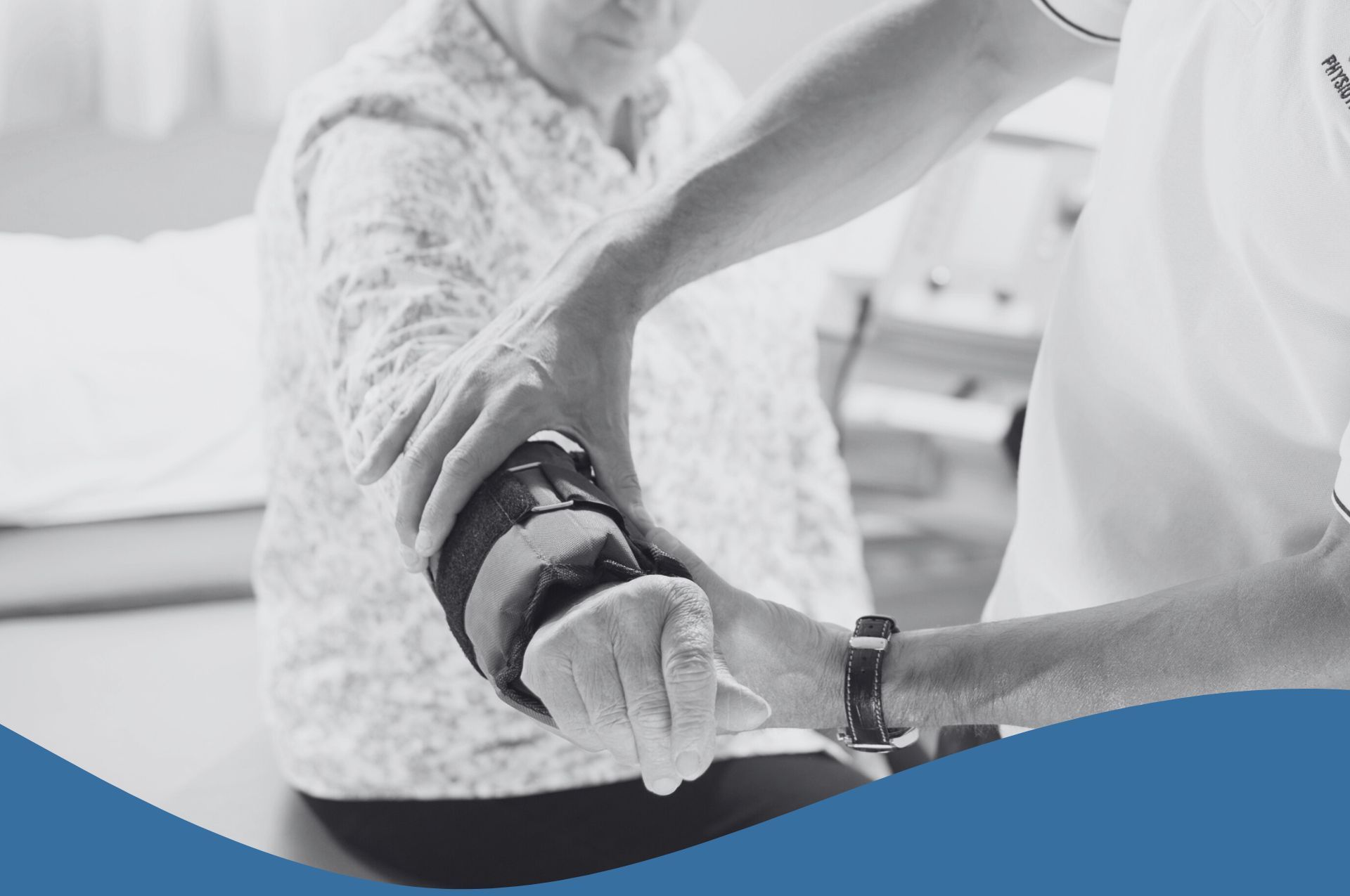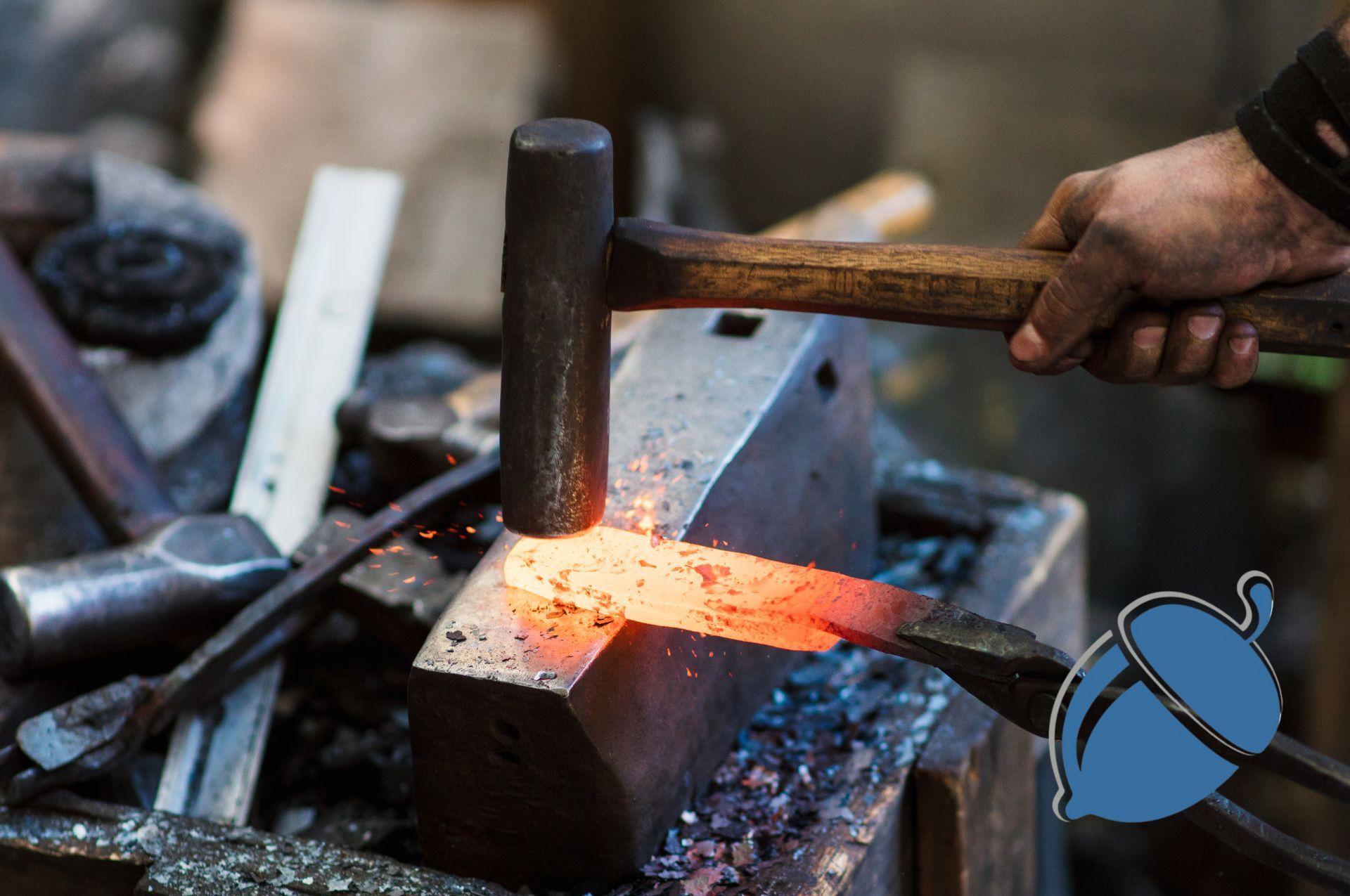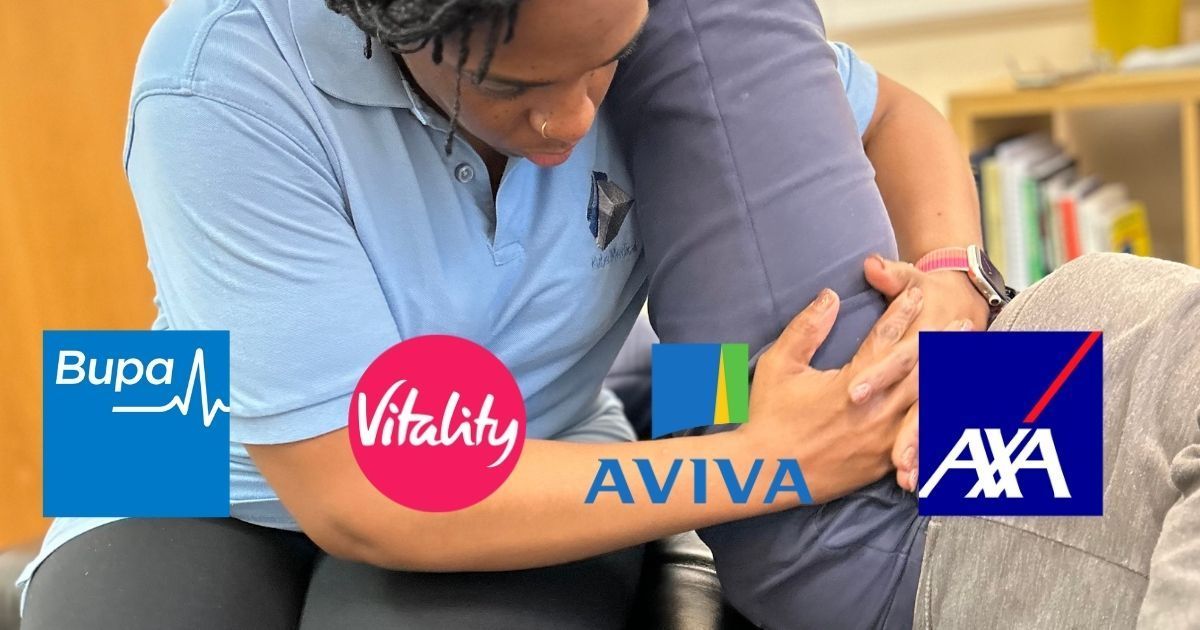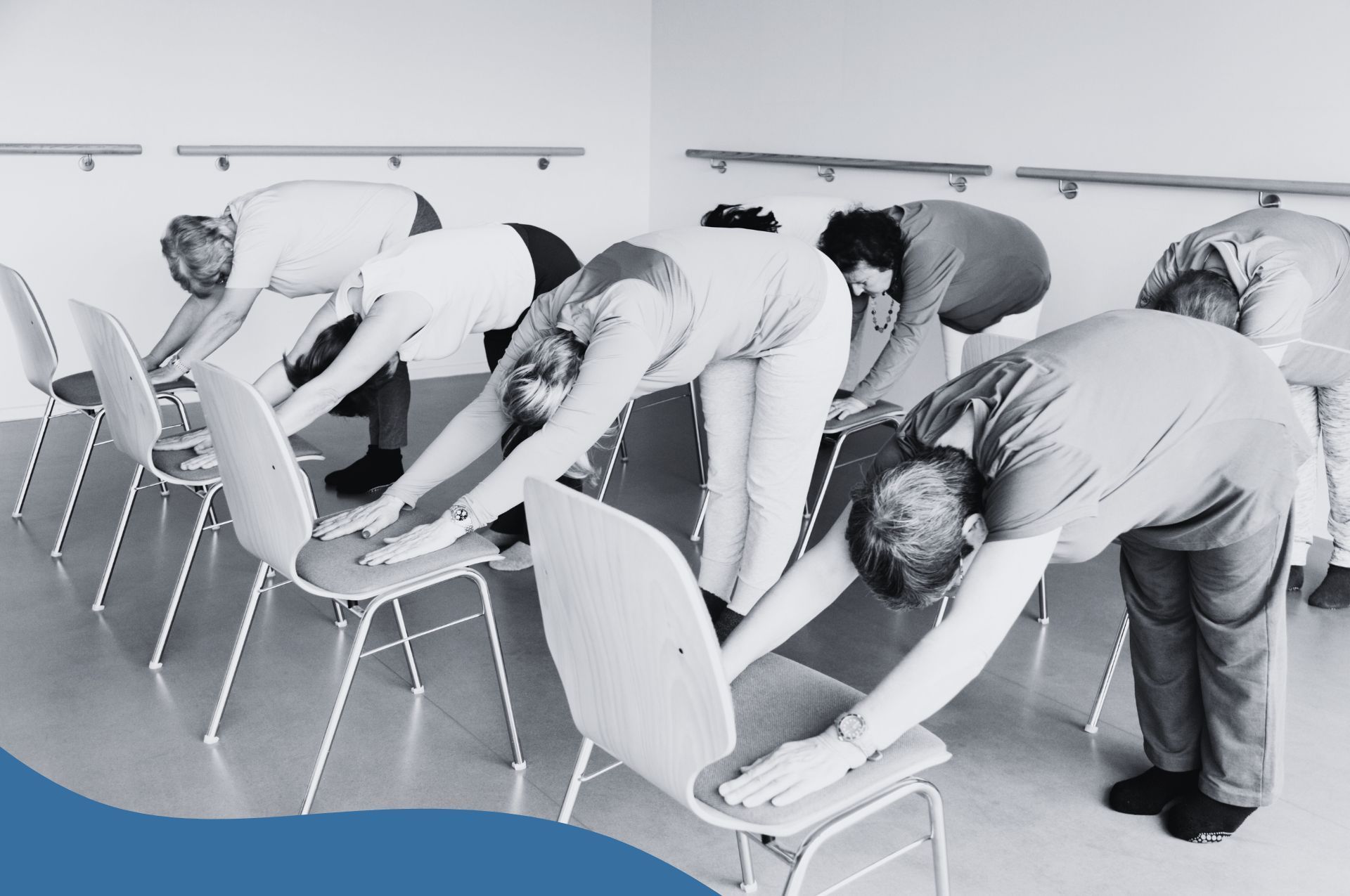Does Osteopathy Actually Work?
Patrick Campbell • 27 February 2021
When we seek medical treatment, the aim is to recover our good health. However, not everything can be fixed by pills or surgery. Some therapies can exclude these options yet manage to steadily improve our wellbeing.
Osteopathy is one such form of treatment that relies on physical manipulation, massage and stretching of muscles and joints. The goals of these treatments include relief from muscle tension, increased mobility of joints, and enhanced blood supply that speeds up healing.
Osteopathy is one such form of treatment that relies on physical manipulation, massage and stretching of muscles and joints. The goals of these treatments include relief from muscle tension, increased mobility of joints, and enhanced blood supply that speeds up healing.
How It Works
Osteopathy
takes on a holistic and hands-on approach for both diagnosis and treatment. There is a mix of gentle and forceful techniques that can be applied. Whatever the treatment, they are carefully undertaken to ensure no pain and minimal discomfort to the patient.
Structural techniques focus on the bones, ligaments, muscles, and joints. Though the treatments can aid in treating a myriad of ailments, they are primarily meant to address mechanical problems affecting the musculoskeletal system. They typically involve gentle manipulation such as stretching and joint rotation to improve range of motion, posture, and energy flow.
Visceral techniques are targeted at helping organs, from neck to pelvis, ease tensions that could be affecting other parts of the body. For instance, some digestive conditions can negatively impact lower back pain and vice versa. Osteopaths can address the movement and balance of these organs through soft manual manipulations of the viscera and their connective tissues.
Cranial osteopathy
deals with the skull and nervous system, helping to deliver better sleep quality, elevated energy levels, and an overall improvement in health. It can help relieve many head ailments including migraines, sinusitis, dental problems, whiplash, insomnia, and anxiety.
In choosing what treatment will be applied, an osteopath will consider the kind of discomfort that a patient is experiencing during the particular session and what part of the body is affected. Medical history, past symptoms, the current state of health, and lifestyle will already have been factored in the beginning when deciding on a treatment plan to follow.
These treatments are often combined with recommendations on exercises, diet, and other lifestyle aspects to ensure long term pain relief and enhance recovery.
Osteopathy has been reliably used to treat a variety of ailments. Some of the most common being lower back pain, uncomplicated neck pain, arthritis, shoulder pain, and various sports injuries.
Benefits of Osteopathy
As said, osteopathic treatments aim to provide relief from pain and discomfort. With this relief comes several benefits including:
- Improved flexibility and mobility
- Deeper and more restful sleep
- Increased energy levels to better engage in daily activities
- Reduced stress and anxiety
- Uplifting of mood and mental health
- General improvement in overall health and wellbeing
On the downside, osteopathy is not a remedy that works for extreme cases of injury or illness. In fact, some conditions can be worsened if osteopathic treatment is pursued.
Another concern is the limited amount of research that has gone into the field. Here we will look at some of the studies and their findings.
Studies On Osteopathy
Osteopathy is highly recommended for lower back pain problems for good reason. Multiple studies affirm its effectiveness in providing relief. One such study
conducted in Chicago compared osteopathic treatments like spinal manipulation to standard medical therapies. Though the timeline of recovery was similar, osteopathic patients required significantly less pain medication and used less physical therapy.
Another trial
done in Texas found that osteopathic manipulative treatments were of great help in relieving back pain, improving physical conditioning, and boosting mental health when compared to no physical treatments. But did not illicit much difference in results when compared to sham osteopathy.
The focus on back pain is understandable. In the UK alone, it is considered the single largest disability, costing the NHS over a billion pounds a year in treatments. Thanks to the recommendation by the National Institute for Health and Care Excellence (NICE), manual therapies can be prescribed alongside exercise for the treatment of lower back pain. This recommendation is supported by the results of studies from the National Council of Osteopathic Research (NCOR) that demonstrated its efficacy in treating pregnancy-related, acute, and chronic lower back pain.
Additional research further indicates osteopathy’s value in treating more than just back pain. A 2015 Italian study
found that osteopathic manipulative treatments were useful in significantly reducing the number of days of hospitalisation for preterm babies as compared to those that received just normal prenatal care.
Another Italian study
into the effectiveness of osteopathic manipulative treatments on patients with chronic obstructive pulmonary disease (COPD) found that it could improve exercise capacity and reduce the residual volume in severe cases.
Visceral osteopathic treatments were also found in other UK research
to help relieve symptoms of gastrointestinal conditions in autistic children. Significant improvements were noted in symptoms such as vomiting and poor appetite, and behavioural patterns such as eye contact.
Sadly, besides research into back pain, there are very few studies conducted concerning other pain conditions. So while there is some evidence as to the benefits of osteopathy in improving overall wellbeing and addressing pain conditions, more studies may be required to prove it is just as good, or even better, than other standard medical care therapies.
Determining what manual techniques are osteopathy-specific may also help as several are already in successful use by other medical professionals like physiotherapists. This overlap and range of techniques do sometimes make studying the efficacy of osteopathy more complicated.
Filling these knowledge gaps with more funding into research may help in better understanding what treatment options offer the best outcomes in pain relief and management. Until then, patients may rely on the expertise of their osteopaths who receive four to five years of degree level training that includes academic work, research and clinical training.

At Kube medical, we believe high-quality physiotherapy should be accessible, comfortable, and convenient. That’s why we provide professional home-visit physiotherapy services, helping you recover in the comfort of your own home and at a time that fits your lifestyle. Whether you're recovering after surgery or trying to fit treatment around a busy schedule, our personalised approach ensures you feel supported, motivated and confident every step of the way.

As the days get shorter and the air turns crisp, many of us start dreaming about fresh powder, mountain air, and that first exhilarating run of the ski season. But before you dust off your boots, it’s worth thinking about one crucial thing: your body’s readiness. Whether you’re a seasoned skier eager to hit the slopes from day one, or an occasional skier looking to make the most of a long-awaited trip, a little “pre-hab” — preparing your body in advance — can make all the difference between an enjoyable week on the mountain and one cut short by fatigue or injury.

There’s no easy way to put it — the sudden closure of Private Midwives has left a real void, both professionally and personally, for many highly experienced tongue tie practitioners. It’s disrupted livelihoods, interrupted the continuity of care for families, and forced many to face a wave of uncertainty.








